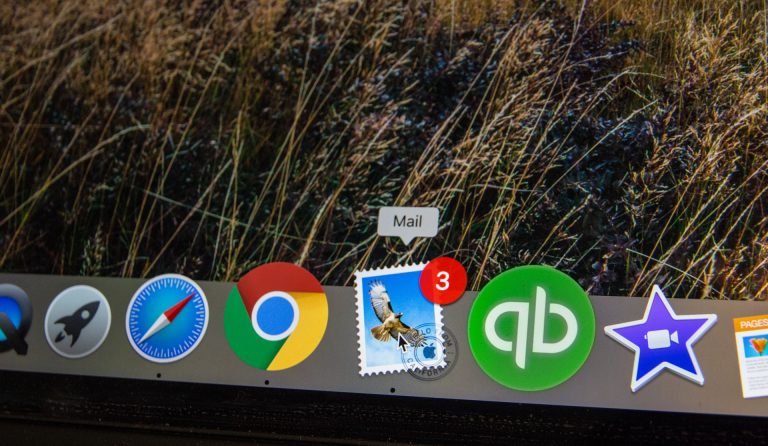
Marketing automation refers to the technology or software that allows businesses to harness the prowess of smart and automated workflows to enhance productivity and deliver better prospect and customer experience. Moreover, using state-of-the-art marketing automation software, you can get a panoramic view of prospect activity (by integrating it with your CRM), recognize the hottest leads and prioritize them, deliver a personalized customer experience and generate actionable insight from data to make prudent business decisions.
The aforementioned is precisely why around 49% of companies are using marketing automation with the numbers increasing with every passing day.
Unlike email automation systems which only offer basic/bulk emailing features, marketing automation tools offer a wide variety of advanced features. Let’s take a look at some of the most popular ones:
- Advanced or automated email marketing campaigns also known as drip marketing or drip campaigns: This type of email marketing goes a step beyond the conventional email blasts. Using this technique you can send out emails on a schedule; e.g. the first email gets sent as soon as a user subscribes, the second gets sent 2 days later, another goes out after a fortnight and so on. In addition to this, you can also automate workflows that allow you to send emails depending on certain triggers e.g. when a user subscribes to a service or performs a specific action.
- Landing page creation: Modern marketing automation tools allow you to create lead-driving, customizable and aesthetically pleasing landing pages.
- Lead capture forms: Create your lead capture forms to capture more prospects’ contact details.
- Segmentation: Create dynamic customer segments instead of static ones for enhanced customer engagement possibilities.
- Lead scoring: Associate lead scores against prospects and gain the ability to prioritize the hottest prospects (high lead scores).
- Triggered emails: Set efficient auto-responders to reach out to customers as soon as they engage.
- Dynamic content: Display different content in your emails depending on the person who is viewing it.
- Perform A/B testing: Optimize your email campaigns over time by periodically running A/B testing on your audiences.
- Social media integration: Use your marketing automation tool to schedule your posts on social media and/or set up automatic posting workflows.
Watch this video below for a quick overview of marketing automation.
Aforementioned were some of the features of a modern marketing automation tool that can help businesses enhance levels of customer engagement and satisfaction. Additionally, these marketing automation features (among many others) also provide businesses with the following tangible benefits:
1. Use in tandem with a CRM and reap the benefits
Modern CRM and marketing automation software give you the luxury of integrating them with each other. By having your contact information and all your marketing data in one central hub, you can have a more holistic view of customer relationships and engagement levels. This also paves the path for customer outreach; for example, if your marketing automation tool has access to all your contacts, you can send multiple emails via a few clicks as opposed to uploading your contacts to the marketing automation tool.
2. Know your marketing KPIs and increase ROI
With a marketing automation tool, you can not only set up automated workflows, you can also gauge their performance and generate KPIs against them. For example, you can measure the rate of hot lead generation or the average spending of converted leads etc. By knowing your performance and effectiveness levels, you can find out best performing areas and the ones that are in need of serious revamping.
3. Enhance customer experience
Marketing automation software allows you to personalize your outreach to your customers by creating buyer personas and customizing sent emails depending on customer characteristics etc. In addition to this, they also allow you to track a customer’s journey and consolidate all the different channels via which a customer is interacting with the company. By doing all of the aforementioned, these sophisticated tools allow you to enhance your overall customer experience.
4. Increasing customer retention
By personalizing your customer outreach and enhancing customer experience, marketing automation tools can also help you in enhancing customer retention.
5. Increased sales efficiency
Saying that a marketing automation tool can help drive sales is an understatement. There are many ways a sales team can benefit from the marvels of automated marketing; here are a few:
- Spend time on the right leads: One of the biggest reason why sales and marketing are always beating each other’s brains out is poor lead quality. When marketing keeps on sending poor quality leads, sales keeps on wasting its precious time fighting lost causes. However, by tracking lead scores and only passing on hot leads, a marketing team gives a sales team the luxury to only spend time on the right leads.
- Lead segmentation: By segmenting leads based on various factors like buying cycle stages, buying preferences and locations etc. you can help your sales team generate targeted strategies which can eventually lead to higher conversion rates.
- Witness the activities of prospects (as they perform them): A sales team would love to know exactly when a prospect performs a certain action. For example, if a sales team gets notified immediately when a prospect fills a certain form or subscribes to a newsletter, they can take appropriate actions and strike the iron while it’s still hot.
Marketing automation can help eliminate the differences and bridge the metaphorical gap between the sales and marketing teams within a business. It can also make it easier for you to collect and use customer data by creating a holistic picture of your prospects, leads and customers. As we established in this article, if used correctly, using a marketing automation tool can enable a company to enhance its revenue and eventually help it grow.





